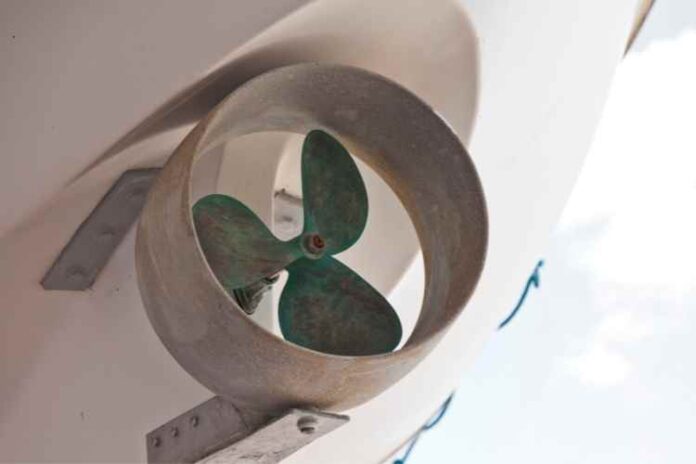There’s not much that goes into choosing a boat propeller, right?
After all, it’s just a metal hub with some projecting fins or blades. One propeller is as good as any other.
But it turns out that’s not the case at all. Choosing the right propeller for your boat can make all the difference. So, if it’s time to replace your boat’s prop, read on for some tips on what to look for in its replacement.
1. What Does Your Boat Need?
When looking for a boat propeller, it’s important to first decide what your boat needs.
Are you looking to improve your boat’s fuel economy? Are you trying to achieve better performance? These are some of the questions you need to ask before replacing a boat propeller. Define your goals first, and then you’ll be in a better position to find the best propeller for your boat.
2. Material
The next tip is to choose what kind of material you want for your boat propeller.
Boat propeller options usually involve composite, aluminum, and stainless steel materials. Composite propellers are an excellent choice for the budget-conscious, since they’re inexpensive and yet quite durable. Aluminum props are very common, being both sturdy and lightweight. They come in many different models and styles, so they’re perfect for most activities.
A stainless steel propeller, however, is the choice for those seeking the best performance out of their propeller. Of all the types of boat propellers, a stainless steel propeller is best able to handle just about everything.
3. Size of the Propeller
Prop sizes are expressed in terms of diameter. Diameter is calculated by doubling the distance from the center of a prop’s hub to the tip of a blade. A smaller prop diameter usually correlates with a smaller engine, but it can also be paired with faster, high-performance watercraft.
4. Pitch
Pitch is the distance a prop travels forward during the course of a single revolution. It also happens to be an important factor when deciding on a new boat propeller.
If your boat’s engine is having over-revving or under-revving issues, this is something that can be fixed by finding props with different pitches. For an engine that experiences under-revving, choose a prop with a lesser pitch. This will increase engine revolutions per minute.
If your problem is over-revving, select a propeller with more pitch. This will decrease engine revolutions per minute.
5. Number of Blades
Don’t forget about the number of blades on a prop.
A three-blade design is great for general performance. It also provides additional performance for high-speed boating, if that’s your thing. Four-blade props are useful for underpowered vessels or for water sports, where speed isn’t terribly important.
6. Cupped Propellers
Consider cupped options when choosing a boat propeller. These are curved, trailing edges, and they’re designed to help the prop maintain performance. Cupped props are great for reaching higher speeds, as well as achieving better fuel efficiency.
7. Wide Open Throttle Range
Finally, when replacing a boat propeller, it’s best to find one that helps an engine achieve its optimum wide open throttle (WOT) range. You can consult the owner’s manual for a boat or new engine to find out what the WOT range is. For outboard motors, this is usually between 5,000 and 5,500 revolutions per minute.
Choose the Right Boat Propeller
Don’t just select the first boat propeller that comes along. Depending on the kind of boat you have, and how you intend to use it, you may need a very special kind of prop.
So do yourself a favor and use these seven tips when choosing the next propeller for your boat. And, while you’re here, go ahead and peruse the rest of our site for more great tips and advice.


